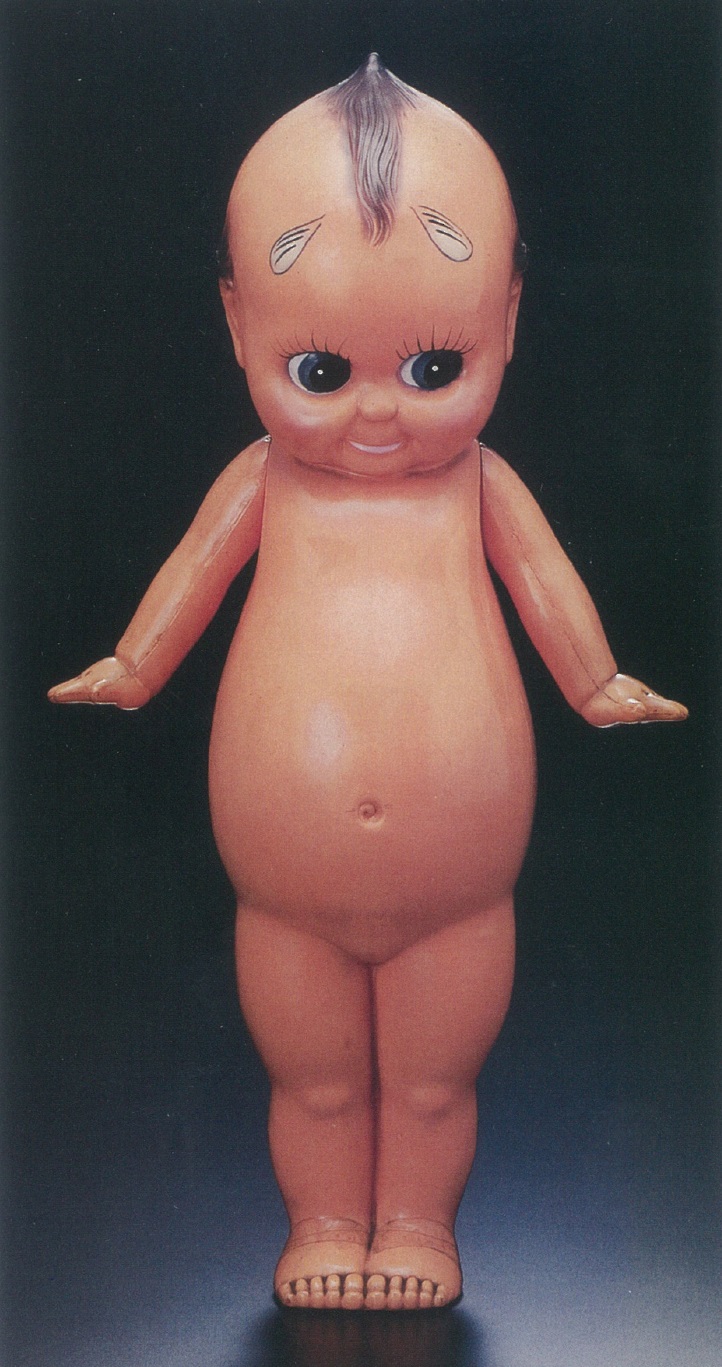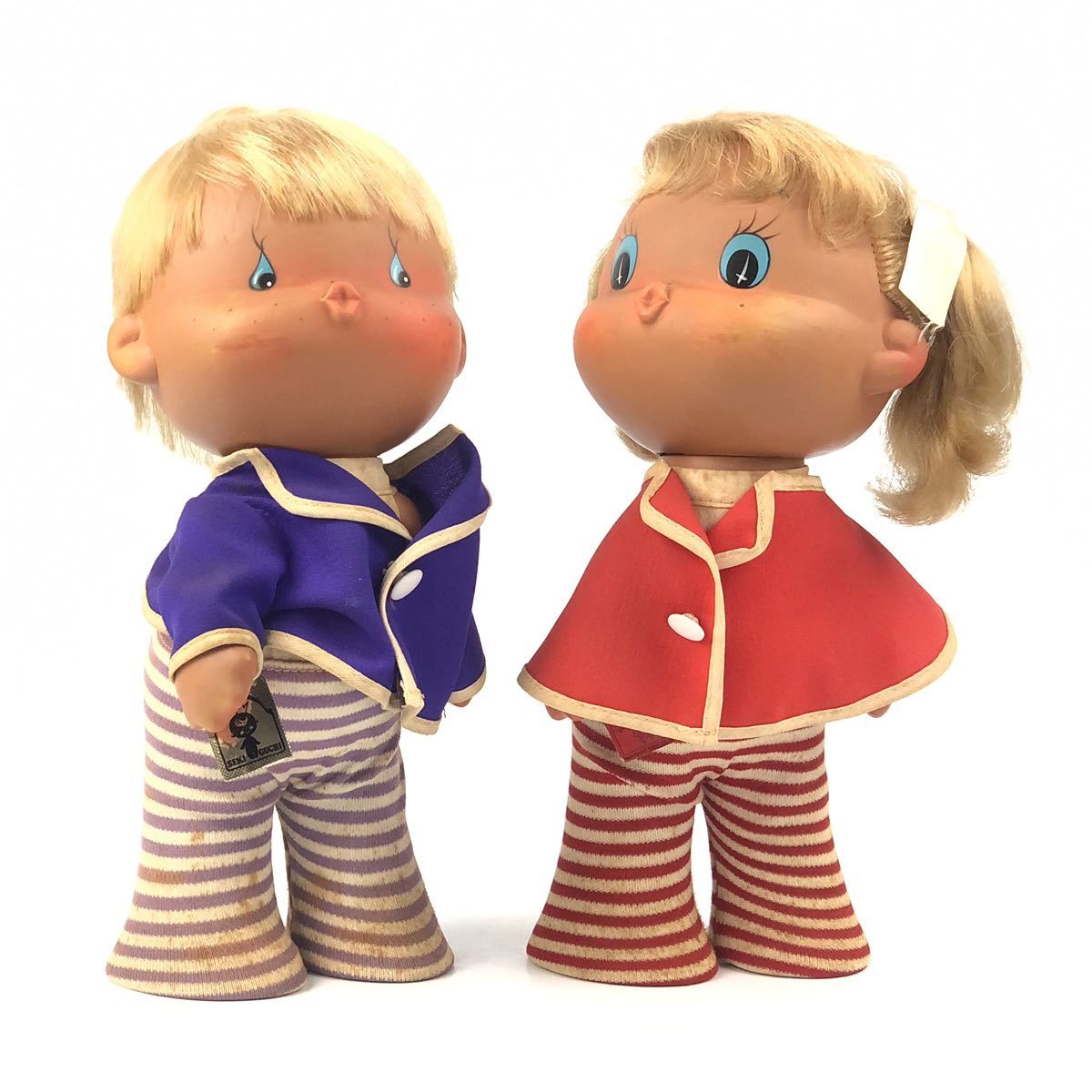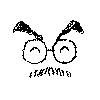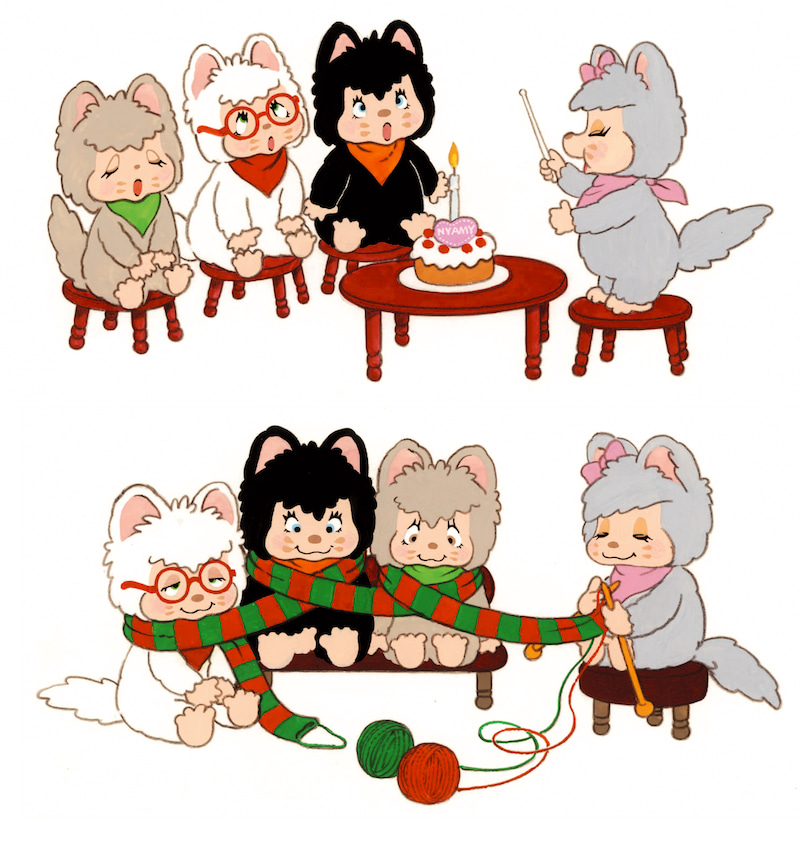tiger carnival
Sekiguchi

"In 1918, Tomoyoshi Sekiguchi of Kamihirai, Okudo-mura (now Nishi-Shinkoiwa) started processing celluloid toys while cultivating vegetables and manufacturing funori. He improved his business in the production of Kewpie dolls exported to the United States. In 1930, he became a joint venture, Sekiguchi Celluloid Processing Plant [関口セルロイド加工所] (now Sekiguchi Co., Ltd.). Small subcontracting factories began to gather around rural processing plants."
[1]
around this time, alongside the kewpie dolls, they were making other baby dolls, celluloid teddy bears, and toy deer. here's some blog posts including these: [2], [3]
"By the late 19th century, celluloid was the earliest form of plastic invented in the West. It became a widely-used material for toy doll making. It was lightweight, clean, lustrous, and easily colored. However, it was also highly flammable and even explosive in high heat and was consequently banned in toys by the mid-1950s."[3]
in 1954, they started to commercialize soft vinyl(pvc). after success in the overseas markets for so long, they decided to switch to a domestic market as well. with this, in 1969, popo-chan 「ポッポちゃん」 was born.


the rest of the sekiguchi history is located on the blog post at [3].
around this time, alongside the kewpie dolls, they were making other baby dolls, celluloid teddy bears, and toy deer. here's some blog posts including these: [2], [3]
"By the late 19th century, celluloid was the earliest form of plastic invented in the West. It became a widely-used material for toy doll making. It was lightweight, clean, lustrous, and easily colored. However, it was also highly flammable and even explosive in high heat and was consequently banned in toys by the mid-1950s."[3]
in 1954, they started to commercialize soft vinyl(pvc). after success in the overseas markets for so long, they decided to switch to a domestic market as well. with this, in 1969, popo-chan 「ポッポちゃん」 was born.


the rest of the sekiguchi history is located on the blog post at [3].

 in 1972, kutakuta monkey was created as a way of striking the stuffed animal market. it was created by yoshiharu ogawa, a tokyo-born-and-based character designer.
pen-name "washino" was born 1942 as the second son to a toy manufacturer. he was initially involved in graphic design, establishing his own design office in 1962. since the early 70s, he has been known as a character designer for toys.
in 1972, kutakuta monkey was created as a way of striking the stuffed animal market. it was created by yoshiharu ogawa, a tokyo-born-and-based character designer.
pen-name "washino" was born 1942 as the second son to a toy manufacturer. he was initially involved in graphic design, establishing his own design office in 1962. since the early 70s, he has been known as a character designer for toys.
washino has drawn much more than he is attributed to, and (for me personally) it's been hard to find his artwork. his more-popular works that wikipedia lists are:
kutakuta monkey (predecessor of moncchichi)
monchichi (predecessor of moncchichi)
baby chichi
monsieur ne rouge
meow meow
alien pinopino (later appeared in the anime "creamy mami, the magic angel" as a fairy[4])
hitoshi-kun doll (modeled after Hitoshi Kusano)
miyazaki wo gogenka sennaikan-sama (modeled after hideo higashikunihara, then governor of miyazaki prefecture. the last work in his life)
monchichi (predecessor of moncchichi)
baby chichi
monsieur ne rouge
meow meow
alien pinopino (later appeared in the anime "creamy mami, the magic angel" as a fairy[4])
hitoshi-kun doll (modeled after Hitoshi Kusano)
miyazaki wo gogenka sennaikan-sama (modeled after hideo higashikunihara, then governor of miyazaki prefecture. the last work in his life)
kazuhito yamamoto (bunkyo ward councilor) election poster[5]
handsoap logo for kirei (not listed on wikipedia))
handsoap logo for kirei (not listed on wikipedia))
roughly translated words from his son, Ryo Ogawa:
nyamy, and more
nyamy are moncchichi's friends from the mid-70's and 80's. from what i know so far, there were three editions. in the 1974 starting with peppi, vanilla, felina, and nappy (beige, white, black, and grey). the second edition was released in approx. 1986 with orange, light blue, brown, red and pink. in the third edition, or release, that same year, were purple, yellow, green, dark blue and burgundy. there were also giant versions of nyamy in vanilla, nappy, and felina.

sitemap
me
y infov photobook
j arts & crafts
b ocverse hub
e collections
i shrines
you
k televisionm web material
p links out